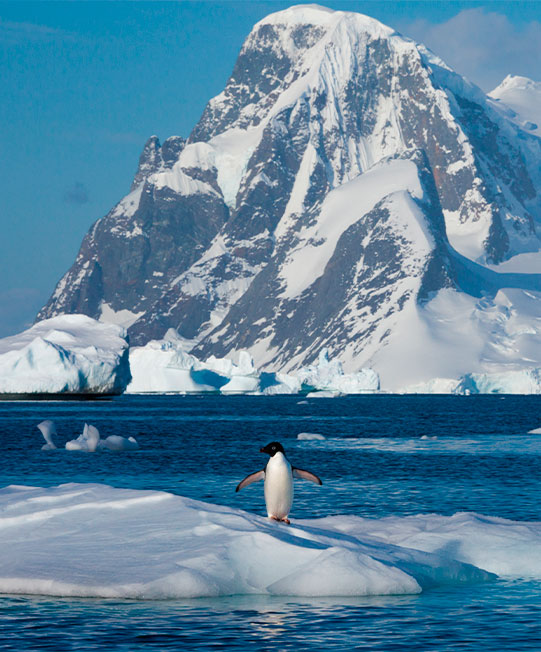Wildlife Viewing
This is the peak season for wildlife activity. Travelers can witness:
- The breeding season for penguins and other seabirds.
- Seal pups appearing along the shoreline.
- Whales returning to the Antarctic waters to feed as the ice recedes.
Traveling to Antarctica is an adventure that requires careful timing due to the extreme weather conditions typical of the continent. The best time to visit Antarctica is during the Southern Hemisphere's summer, from November to March. During these months, the temperatures are somewhat milder, ranging from -2°C to 8°C (28°F to 46°F), and the sea ice melts enough to allow access by ship. Here are the key reasons and activities available during this season.

Understanding the seasonal dynamics of Antarctica not only helps in planning the journey better but also enhances the overall experience by aligning travelers' expectations with the environmental conditions and available activities.
| Month | Climate | Wildlife Activities | Visitor Experience |
|---|---|---|---|
| November | Ice breaking, increasing daylight | Elephant seals, courting penguins | Pristine snow, photography opportunities |
| December | Warmest months, long days | Penguin chicks, active wildlife | Ideal for excursions, vibrant landscapes |
| January | Stable warm temperatures | Peak hatching, active seal pups | Perfect for longer hikes, wildlife viewing |
| February | Slightly cooler, good light | Peak whale sightings | Great for kayaking, underwater photography |
| March | Cooling, days shorten | Matured penguin chicks, whales | Dramatic scenery, end of travel season |
This guide highlights the best months to visit Antarctica, tailored to interests like wildlife watching, photography, or experiencing the surreal environment. Each month offers unique opportunities, making your trip a truly unforgettable adventure:
| Month | Climate | Wildlife Activities | Visitor Experience |
|---|---|---|---|
| April | Rapidly freezing, less daylight | Wildlife largely departs | Increasingly inhospitable, tours end |
| May-Aug | Deep winter, polar night | Minimal wildlife | No tourist operations, extreme cold |
| Sept-Oct | Cold, slow ice breakup | Still minimal wildlife | Mostly inaccessible, no organized tourism |
Traveling to Antarctica from April to October is generally not recommended due to the extreme conditions and operational challenges. Here’s what happens during these months:
Leave a Comment